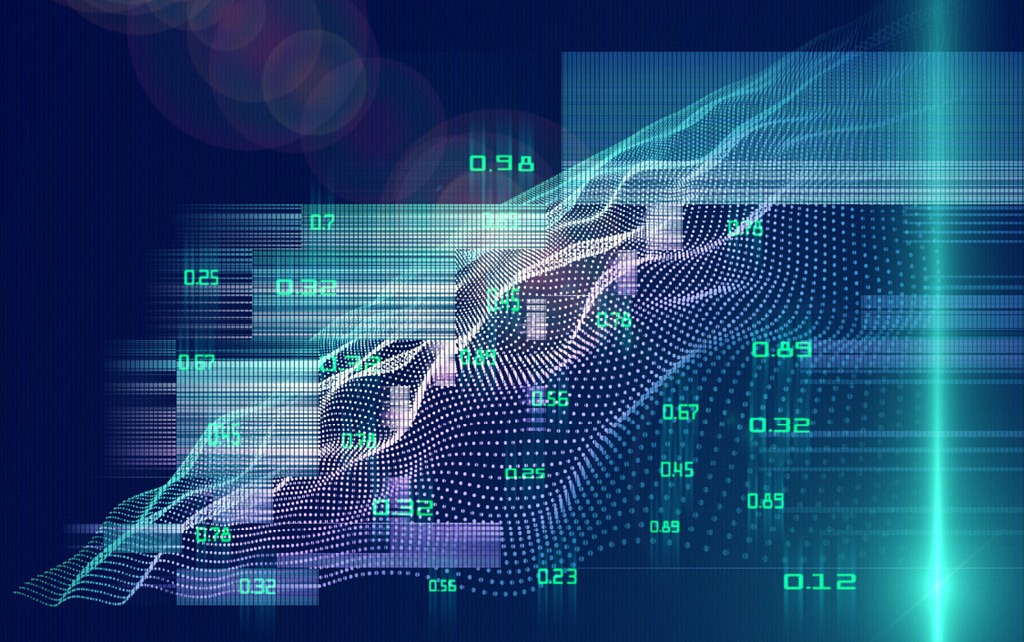Data is the new oil, and it has powered more than a decade of cutting-edge growth and development in the IT products and services spaces. Improvements in how companies gather, understand, and use data have changed the focus of many businesses from implementing reactive responses to changes in market dynamics to adopting more proactive, predictive approaches. Here we talk about sensor data and how it is used in the field of predictive IoT analytics.
Predictive analytics is the ability of a business to predict the future based on historical data, trends, and assumptions on future market conditions. One challenge with performing such analysis is that predictions are only as good as the data and models you have in place. This fact is why there is so much emphasis placed on collecting and mining high-quality data. It explains how the need for new and more trusted sources of information has led to the development of new data collection methods, such as sensors and smart devices used with the Internet of Things (IoT).
When used the right way, IoT sensors can substantially improve a company’s predictive analysis initiatives. The sections below talk about IoT analytics, why sensor data is used, and applications for this bleeding-edge technology.
What Is IoT Analytics?
IoT analytics is the analysis of data obtained from internet-connected sensors called IoT devices. Sensor Data Analytics is a term used to describe how businesses predict the behavior of machines or devices used in real-life business scenarios, such as when manufacturers track machines or raw materials usages during production. As more IoT-enabled devices enter the market, embedded software solutions and massively improved device connectivity continue to erase the lines between the digital and physical in terms of how we monitor the servicing, capabilities, and lifespan of devices.
IoT analytics is different from traditional analytical methods in the way data is collected and used. IoT analytics extracts data from IoT sensors that are often custom-designed to obtain specific data types. These sensors can generate and collect a wide range of data, including readings on temperature, water levels, air moisture, fuel levels, electrical impulses, or otherwise, depending on how and where they are deployed and the needs at hand. IoT data pools such as these are often updated regularly, sometimes every minute or every second.
Business owners and decision-makers can analyze this data to identify trends and make predictions that can help improve efficiency across different business lines. Businesses use many different data types as a normal function of operations. A better understanding of what is going on “under the hood” can help companies improve what they do and how they do it.
Why Use Sensor Data in Predictive Analytics
Factories and businesses operating in the manufacturing sector are some of the biggest beneficiaries of the recent advancements made with IoT sensors and data collection. In a factory environment, a single minute of downtime can lead to losses in the millions; the same can be said of highly scaled SaaS applications. Machine failures can happen at any time, and their maintenance can be time-consuming and dangerous.
With the use of IoT sensors attached to factory robots or machines, measures of usage and lifespan such as temperature, vibration, and wear and tear can be tracked. When fed into an analytics model or algorithm, this data can help predict when a machine will likely require maintenance or replacement. In this way, a factory manager can keep an eye on every device in his or her manufacturing setup and install backups or order parts or supplies ahead of time to avoid costly downtime or highly expensive machine repairs. Some IoT sensors can even shut down faulty machinery on the spot if a failure or emergency occurs.
Smart sensors have also found applications in smart cities that track traffic patterns, utility usage, and crime. They can be used for social reporting of issues such as road damage or malfunctioning equipment as well.
Applications of IoT Sensor Data and Predictive Analytics
Here are a few applications of IoT sensor data and predictive analytics.
Predictive Maintenance
In factories, equipment downtime can be costly, and last-minute repairs are usually hard to schedule. Thanks to IoT sensor data analytics, factories can predict when a piece of equipment might need maintenance so that they can plan ahead of time. This allows for proactive scheduling of preventative maintenance and repairs of machines.
Anomaly Detection and Diagnosis
IoT sensor data analytics can serve as the first line of defense when detecting anomalous behavior in a system or triggering safety shutdown protocols when specific thresholds are met or breached. Unusual readings – ranging from unusual temperatures to unusual internet traffic patterns or uncommon financial withdrawals – can trigger an alert to the relevant authority who can then take prescribed corrective actions.
Sensor Analytics in Consumer Behavior
Sensor data has become a rich source of information that can be used to better understand customer behavior, which can then be used to personalize customer interactions and segment populations for targeted marketing. User log data can even be used to track how and when customers use a product. IoT sensor data analytics enables a company to create a predictive model, allowing them to identify usage trends and improve user experiences. With an IoT analytics solution, customer experiences can be enhanced, churn can be reduced, and more value can be extracted over the lifetime of a customer’s relationship with your company.
As mentioned earlier, IoT analytics is only as good as the data and the prediction models you have. Still, the applications of this technology are virtually limitless, with many cutting-edge solutions already in use or development, including:
- Healthcare: Heart and blood toxicity monitoring, as well as patient monitoring.
- Agriculture: Tracking agricultural produce and embedding biochip transponders on farm animals.
- Manufacturing: Wear and tear sensors, fuel level sensors, and temperature and pressure sensors.
- Automotive and Transport: Collecting data on speed, acceleration, and accidents and correlating that data with time, driver age, and city location to improve highway safety; optimizing deliveries or services provision based on routes, customer needs, or other environmental factors.
For the applications above, once data is collected, decision-makers can iteratively improve how they do things, address corner cases, and develop solutions that use less energy and fewer resources, have lower failure rates, or prove to better predictors of key decision variables.
Improving Predictive Analytics with IoT Data
Businesses and organizations with access to large volumes of data can use predictive analytics to make better decisions. IoT sensors can provide quality information at a scale that wasn’t possible in the past, helping businesses forecast mission-critical metrics better. With time, as the uses of smart IoT sensors go beyond manufacturing, logistics, healthcare, and other typical applications to data aggregation in new niches such as education, governance, law, crime prevention, security, and finance, companies with expertise in IoT systems in those fields – and in using IoT data analytics – will be ahead of the curve.
Final Thoughts
IoT sensors and data analytics have come a long way. As governments and private enterprises continue the search for better margins, more efficient resource allocation, and better data to guide decision making, the use of IoT sensors in real-life settings will invariably continue to grow.
At Kajeet, we empower businesses to take advantage of developments in the IoT space to help them do things better, more quickly, and cost-effectively. We can help you custom-build an efficient and performant IoT solution based on your business needs. Contact us today for a consultation with one of our Solution Engineers to learn about the different opportunities and cost-savings that you can avail by using IoT in your industry.






.png)
